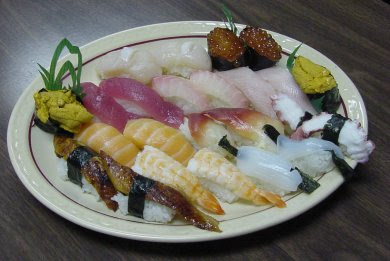Gateway Pages For AdSense Publishers
 Site architecture used to be jolly straightforward. You market a home page and let your exploiter use your navigation to find the subject matter on the rest of your site.
Site architecture used to be jolly straightforward. You market a home page and let your exploiter use your navigation to find the subject matter on the rest of your site.That’s fine if your site just has a smattering of Web pages, all of them covering just one theme. But for sites that have hundreds or thousands of posts on a range of another subjects, you need to have multiple introduction points, or gateways. So if you have a site about digital cameras, for example, you’d still advance your home page. But you would also promote separately the page about one particular brand of camera, the page about printing digital pictures and the page about camera lenses. Expose those pages to users who are looking for those specific topics would bring in more traffic than merely telling Google or Yahoo! that the site is about “digital cameras.”
Labels: Google, Internet, Search Engine
Continue to Read...




